Archive
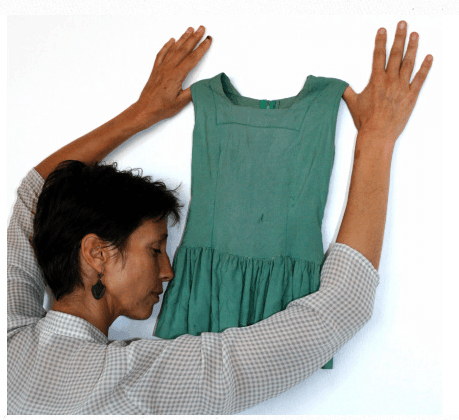
It entails performance work from 1980 to 2024.
For more information on any of the productions documented here, please contact me directly.
- Permission is required if you want to use any of the photos or other material in this archive - please contact me.
- I apologize for not being in possession of the names of all the photographers/videographers. Please contact me if you require credit.
The Exulted Sense of the Real, Then, and Closer to the Image
An archive is like a swimming library where the waters are constantly altering what is happening now or what happened before. But unlike identity in the aging years, things do fall apart. Material used to record dance with, deteriorate, in fascinating ways. New images arise with pointers back on a leaping past.
When I move I feel like the fulcrum of spirit, set in motion. Better still, I am moved more than being the mover. Move: The verb lies outside of myself. And the part that I am responsible for is infused with just that. Every tiny shift is like a regulated cellular tracking. It is the archive of archives.
Any creative act's intention, I believe, is being executed in the service of the meta-world. Imagine it being a prayer. In dance it is a liberation of God from our images of God. A pure and wild imagination where everything one does feels like luscious gardening. But it also has a vigilance, a constant watching and undoing of fixed images. Dance gets me the closest to the work of de-domesticating the Divine — to un-God — un-become any notions of a yearning for anything. In that there is a layered warmth and grained belonging. This is the closest I get to managing my living archive.
"I no longer ask what I can do for my country, but look at me, look what Africa has done: I am a language-less being, with a specific sense of life, a desire for a change most definitely unnameable, dissolving all false barriers to celebrate great and unknown continuities."
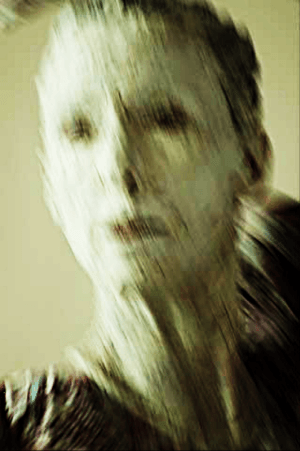
|
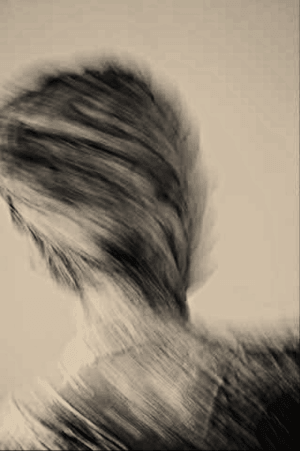
|
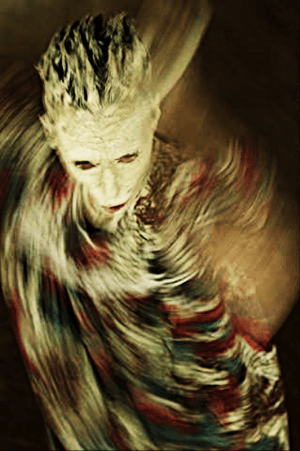
|
Photos: Robert Hamblin |
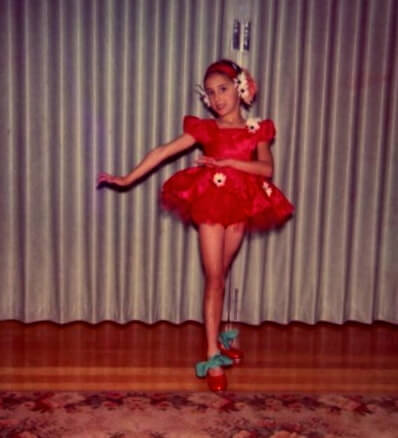
Photo: My father, one night, very late.
Making Sense of a Mystery
The history of these images, videos and writing runs from the earliest dance images at the age of 4, over an era of mainly solo productions — underpinned by my studies in psychology and gender, Africa, philosophy, bio-dynamic farming and motherhood. These form the body of this archive.
There is something fundamentally innocent and evolutionary in movement, whether it is a person or a thing, a plant or the ear of a cow flicking... or its revolution as an Arab or African Spring. While situated in the body all movement appears to me to have an incorruptible source. I look upon movement as one looks upon any animal in any state, with a sense of the 'blameless', the 'guiltless', even the harmless.
From early childhood my primary resource and understanding of the world was the experience of my body in movement and the sentient familiarisation with place. It became a source of information as progress from one state or decision to another, one performance to the next, insight upon insight, making my world a place of integration and assimilation.
If one would ask what or where my thoughts emanate from, I still am convinced: the emergence of information is mediated by movement. If there is a need to split the body and the mind (for a silly reason, theory), then I would say that my body is primarily a sentient unit of gathering and revelation - a passing through a dense yet light process of numinous intelligence.
For dance historians and theorists, dance makes sense of its period, its eras of social or political contexts, peace and upheavals, and as its inspiration for music or visual art, philosophy and cultural enhancement.
But because it is a daily practice that calibrates with personal developmental phases, amidst the integrational movements of what it means to be a South African, my dances are expressions of my condition as socio-political being.
At the same time any movement is in actuality a force of quantum significance. Synergistically it stands in relation to everything else, affects everything within the unified field of the planet, and similarly, strangely it is disregarded for its power to radically alter consciousness and choices.
From early on, my work was concerned with revelation rather than narrative, experience rather than athleticism, ritual rather than entertainment. I was changed by what I was doing in the moment. The mystery might well have been read by some spectators as an energetic phenomenon, but I was constantly occupied by the revelation of the body in space, the choices I had made from one second to the next, and it taught me to steer clear of being attached to outcome. A work such as INTIEM ETC fully embodied this phenomenon.
In every one of my works, as they could also be seen as biographical statements, I was aware to a lesser or larger degree that I was a woman, from the white, Afrikaner heritage, European descent (Dutch, Danish and German at colonisation, but no impulse took me further than my ancestry having arrived in Africa around the 1700's), of a certain age and living in a mysteriously dark place called Africa, a fact that haunted me before I read the books of writers like Joseph Conrad much later on. If you had not read Africa, you would potentially be engulfed by its immensity. Africa constantly rearranges you. We still do not have the words to speak about its multiple disturbances, its diverse glories, and its immensely demanding spirit in the nature of its actual truth. Most significantly has always been the nature of our existence in this vast place, wondering if it would ever happen that our place would get to know us, over our construction as of race, class and history, or even without it.
This archive is an attempt to theorise and enrich what was experienced, expressed and lived with for more than five decades. Each page of Notes on a performance is theory trying to catch up on practice. The space between the practice and contemplating the practice fits the South African bracket well. Our interpretation of our past is re-written virtually daily. This is a vibrant land. Its past is in flux as you read these words. As soon as you comfort yourself with the latest ideology, someone will rip the conceptual carpet from underneath you.
Therefore, this archive is a resource, a philosophy in the making to enrich existing projects, to illuminate a history through art forms that are not easy to interpret, because an idiosyncratic dance and writing genre still lies outside the symbols which we have grown accustomed to, built our knowledge upon, and by which we live and die, unquestioningly.
MY AFRICAN HEART is part of my archive of dance. In it the necessity of integrated body movement — at a time when a threadbare discourse between black and white, a man and a woman, and their unborn child did not suffice for a sensible relation on the verge of South Africa's democracy (1993) — provided a vessel for my question: how does one go deep across the racial divide? This writing is available online at Amazon and in most major book stores.
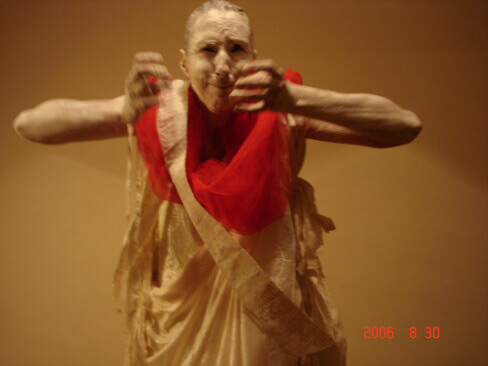
Photo: Storm Janse van Rensburg
Authentic Movement
"Watching Tossie during one session, I was awed by how she allowed herself to descend into the movements of madness. I am often irritated by plays and movies where actors make the mistake of depicting psychosis out of an idea of what the condition looks like. As a student I visited psychiatric institutions, and what my friend was doing was the real thing. Yet she was not psychotic. She incorporates her own potential, authentic insanity into her understanding of herself through the dance."
Dawn Garish, DANCE WITH SUITCASE, A Memoir resting on Movement.
In psychology reference is often made to the shadow of the psyche. This is understood as the part of ourselves that does not seem to have an easy existence in everyday life, has to remain repressed and then emerges in unexpected ways as a surprise to how we understand ourselves to be. The visitation of the shadow has been the longest facet of my work once I began to incorporate psychology into my movement practice. This was the theme of my Masters thesis in 1977.
The embodiment of the forbidden, unacceptable and shameful parts of ourselves at best needs to be a voluntary act. For many years I have given the space to people to embody the shadow. Interestingly, the moment you enliven the shadow with your own authenticity and creativity, she no longer is a shadow. Body armour is what we develop over the crusts of unexpressed lives. It becomes fixed patterns stubborn to be questioned and shifted. Yet with the embodiment of the shadow aspects of ourselves, the immensely fascinating and informative parts of who we are emerge as resources of a fuller life.
Workshops in this work are available - please Contact Us.
